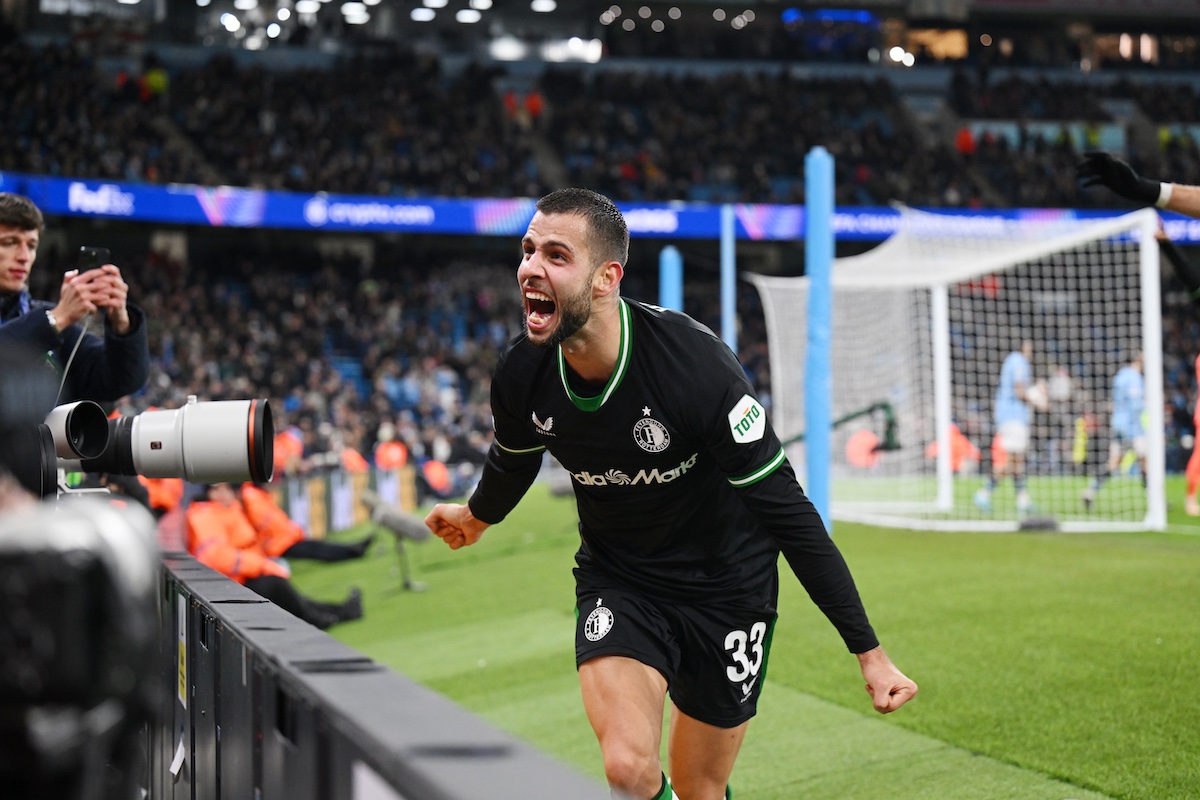The Grand Design: Turning Assets into Liquidity
The core of Juventus` current strategy revolves around the sale of players deemed outside the club`s new technical project. The aim is audacious yet imperative: generate over €100 million from these departures, while simultaneously realizing gross wage savings nearing €50 million. This combined influx of capital and reduction in expenditure is critical for providing the incoming coaching staff with the financial latitude required to sculpt a competitive squad. It`s an exercise in balancing the books with the demands of top-tier football, a process that often requires a touch of economic alchemy.
The Key Players on the Exit Ramp
Several names are circulating as potential contributors to this financial initiative. Their sales, however, are not without their complexities, reflecting the peculiar economics of football transfers:
- Dusan Vlahovic: The Serbian striker represents perhaps the most significant potential windfall, albeit with a curious valuation. Acquired for a substantial fee from Fiorentina, his current high wages place a considerable burden on the club`s finances. Juventus reportedly hopes to secure around €20 million from his sale. This figure, notably lower than his initial transfer cost, underscores the club`s urgency to offload his salary and clear his financial footprint. Potential suitors, such as AC Milan, are reportedly in discussions, yet bridging the valuation gap remains a delicate negotiation.
- Filip Kostic: The experienced winger is also considered surplus to requirements. His departure is anticipated to be more straightforward, with a target price of approximately €5 million. Such a transfer would contribute modestly to the overall fund but crucially frees up a roster spot and further reduces the wage bill.
- Nico Gonzalez: The situation surrounding this former Fiorentina player is more nuanced. To avoid recording a capital loss on the club`s balance sheet, Juventus would need to sell him for a minimum of €30 million. This financial imperative adds a layer of complexity; if a suitable offer that meets this threshold does not materialize, the club might pragmatically opt to retain him, even if he doesn`t perfectly align with the new strategic vision. It’s a stark reminder that in modern football, sometimes the best move is the one that avoids a fiscal setback.
The Purpose of the Treasure Chest
Should the club`s management succeed in orchestrating these departures, the resulting «treasure chest» is earmarked for crucial reinforcements. The strategic objective is clear: infuse the squad with fresh talent and capabilities across all key departments – defense, midfield, and attack. The funds are not merely for acquiring players but for acquiring the *right* players, those who can seamlessly integrate into the tactical framework envisioned by the new coaching staff. This proactive financial maneuvering is designed to prevent a stagnation of the squad and propel Juventus back to its customary position at the pinnacle of Italian football, with an eye towards European resurgence.

